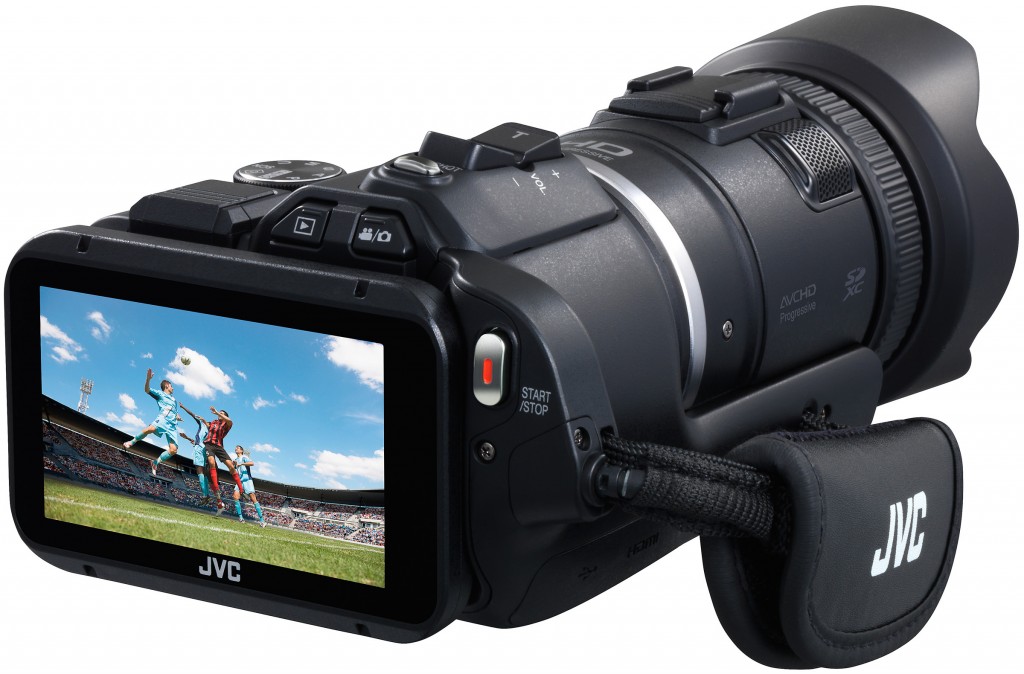My main reason for advocating the broader use of video in operations is because it can see and remember things that we can’t see or remember any other way. There are a lot of aspects to this perspective, but I think I can make my point by looking at the topic of task speed and timing in business and industrial tasks.
Video Manipulates Time
This diagram summarizes the challenge that time poses in our attempts to understand and describe real-world actions. Many activities happen so slowly that no one has the patience to sit and observe them. Other activities happen so quickly that we can’t see what is happening. In between, activities take place at different speeds. We may understand part of what is happening, but we can’t follow all of it … and then we can’t remember most of what we’ve seen.

The vast majority of business and process instruction is written with prose and pictures to explain what should be done. It only contains weak guidance on how fast or at what pace the task should be performed. It is left for the reader to figure that out. Similarly, when we use prose and graphic tools to describe real-life actions that we see, the print medium’s limitations prevent it from accurately conveying the time dimension. Video, by contrast, exists for the purpose of recording activity as it unfolds over time. It can remember all of the action that took place, however long ago it happened. If actions are on video, we can always look back to see what happened.
But video can do much more with respect to time. It can accelerate or slow down time. The next two video clips show how waffles are ejected from the grill plates using a jet of air. The first video clip recorded the process at normal speed. It shows the finished waffles jumping off the grill. The movement is so rapid that it is hard to follow. You can see that they are ejected, but the details happen so fast that you can’t tell much more.
Here, the same waffle ejection process was recorded at a higher than normal frame rate … 300 frames per second in this case … creating a slow motion effect when replayed at standard speed. I took two excerpts from the video clip and made a blend. Now we can see far more information about the process behavior. You can see how the waffles frequently bounce on the conveyor. Some waffles even tip over. With the blend, it is now evident that one location on the grill plate exhibits more variation than others. One might suspect that the air jet is clogged or otherwise unreliable.
Camera Technology
To unleash the full power of video to manipulate time you will want to control video speed in both recording and replay. Dartfish has tools to adjust speed after the video has been recorded. However, to finely control your view of time, you need a camera that can record video at different speeds. Fortunately, the hardware to do this has become widely available and much less expensive. The videos in the Hartybake sequence were recorded with the JVC Everio gc-px100 camcorder.

This remarkable camera costs about $1000 and can record video in full HD at speeds up to 120 frames per second (and speeds up to 600 frames per second with lower resolution). It can also do time lapse recording as slowly as 1/80th frame per second (1 frame every 1.3 minutes). With these features and performance, most industrial organizations could afford to keep one in a cabinet or desk somewhere. You probably won’t need the speed range except occasionally. However, when the need arises, a high speed video recording that is subsequently analyzed in Dartfish might let you see important things that your unaided eye would never suspect were there.

